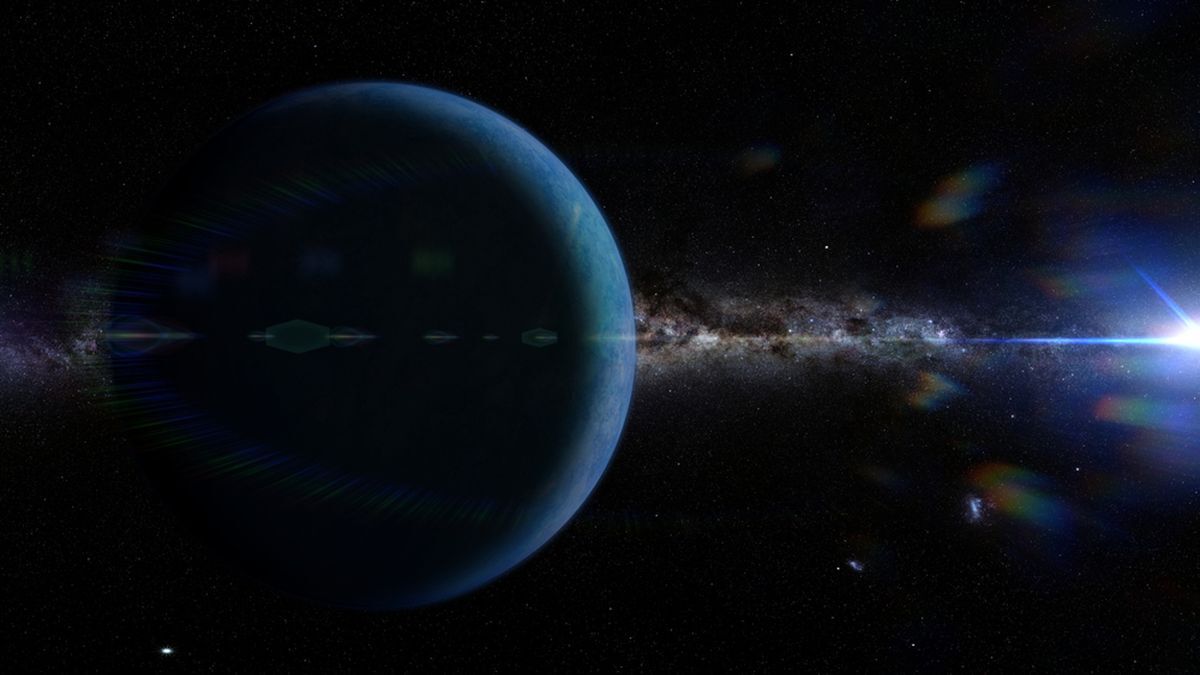The elusive Planet Nine, which is theorized to be lurking somewhere in the outer reaches of the solar system, may not be a planet after all, a new study suggests. Instead, what we assumed to be a massive object could be evidence that gravity doesn’t work like we thought it does. But the new theory doesn’t sit well with everyone.
The Planet Nine hypothesis, first proposed in 2016, argues that the unusual orbits of objects in the Kuiper Belt beyond Neptune, which seem to be being pulled away from the sun, can be explained by the presence of an undiscovered ninth planet up to 10 times more massive than Earth. Astronomers have been looking for Planet Nine ever since. However, despite searching almost half of the night sky, they have so far come up empty-handed.
In the new study, published Sept. 22 in The Astronomical Journal, researchers proposed another explanation for the gravitational anomalies observed in the outer solar system — that there aren’t any anomalies. Instead, the team shows that the inconsistencies disappear completely when applying an alternative concept of gravity known as modified Newtonian dynamics (MOND).



Surely given our simulations and models of the solar system would not work if there was this planet?
Like we could either find it in the model because it would have to be so particular for it to exist it could only be in one position at any given time or it isn’t doing much of anything to affect the model so it likely isn’t there?
I’m guessing smarter people than me have asked and answered this but still.